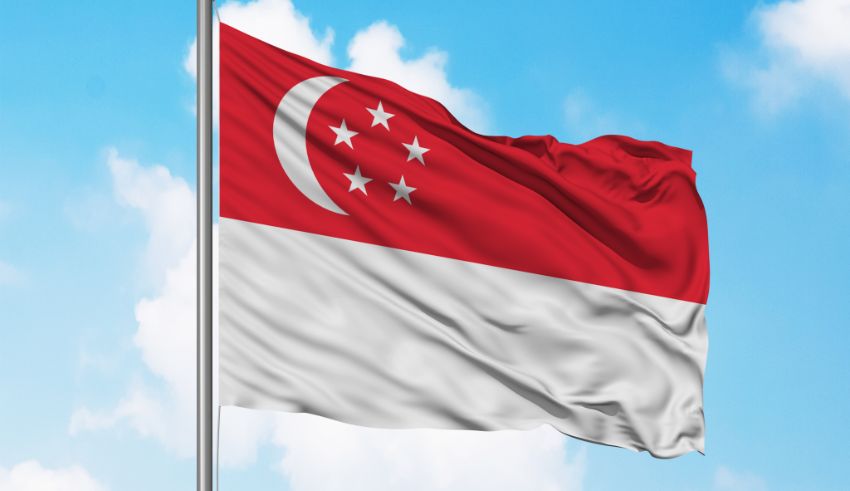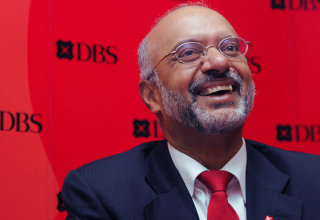
National Day is a yearly event that goes beyond simple celebrations. It is a moment for communal introspection when a country looks forward and past. The importance of this rite has never been more apparent than it is now, especially as the globe struggles with divisive forces as we stand at the crossroads of history. We must use the ability of our national symbols, especially the flag, to bring people together this year in the face of numerous issues facing the world. By doing so, the ties that bind us will be strengthened.
Singapore’s recent relaxation of the rules controlling the flag’s usage is a constructive step toward developing a more inclusive and united society. Allowing the flag to be flown for events other than National Day, such as sporting victories, represents a move toward enabling people to exhibit their solidarity and pride. This change sends a strong message that national identity should not be tied to a particular day but rather be a part of everyday life.
The national flag is a tapestry of historical threads that characterise our nationhood rather than just a simple fabric. The Singapore flag encapsulates the principles that bind us: democracy, justice, peace, progress, and equality, just as the Union Jack unifies the identities of several areas under the United Kingdom. It stands for a shared vision that transcends our varied upbringings and worldviews.
The flag, however, is not immune to the symbolism’s double-edgedness. It can unintentionally promote exclusivity and nationalism while simultaneously having the capacity to arouse great pride and patriotism. A cross-cultural study showed how different cultures can interpret national flags. Due to the nation’s military commitments abroad, the American flag, although representing democracy and freedom, may also invoke associations with global dominance and aggressiveness.
In Singapore, there appears to be a disconnect between the flag and daily life. There are several reasons why flag displays haven’t been as common in recent years. The perception of the flag may have hampered the flag’s natural presence in our homes as one of authority rather than affection, as well as a cultural tendency toward patriotism exclusively during formal events. The lack of spontaneous nationalistic outbursts is also a sign of a cultural norm based on self-control and obedience.
Keep Reading
We must use the flag for more than triumphant occasions to strengthen the bond between it and the people. The Singapore flag could be used as a source of comfort and continuity during times of mourning, much as how the American flag transforms into a beacon of unity during difficult times. Displaying the flag at community leaders’ memorial halls will pay homage to their legacies and give it a more profound significance, thereby integrating it into our daily lives.
Moreover, we may promote a broader sense of ownership and belonging by incorporating national symbols into daily life. Whether flying the flag in happy or sad times, its presence would gradually grow reassuring and accustomed. This could encourage a genuine emotional connection that goes beyond conventional procedures.
In a world beset by divisions and crises, the power of national symbols to unite and uplift cannot be underestimated. The crescent moon and five stars on the flag of Singapore symbolise perseverance and unity in addition to representing our ideals. Let’s take advantage of this chance to incorporate the flag into our daily life as we navigate the turbulent waters of our time to build a more inclusive and unified society for future generations.


























